Memorial Stadium
Introduction
Text-to-speech Audio
Images
Aerial view of the Memorial Stadium during its first home game dated October 8th, 1927.
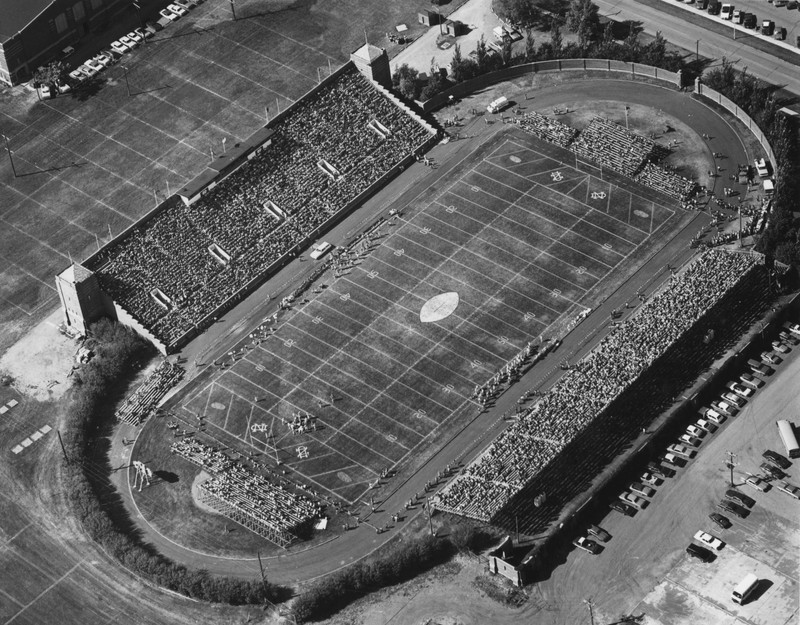
The west side of the Memorial Stadium next to Columbia Road.

The original ticket booth with a sign that reads "Memorial Stadium."

The window side of the ticket booth.
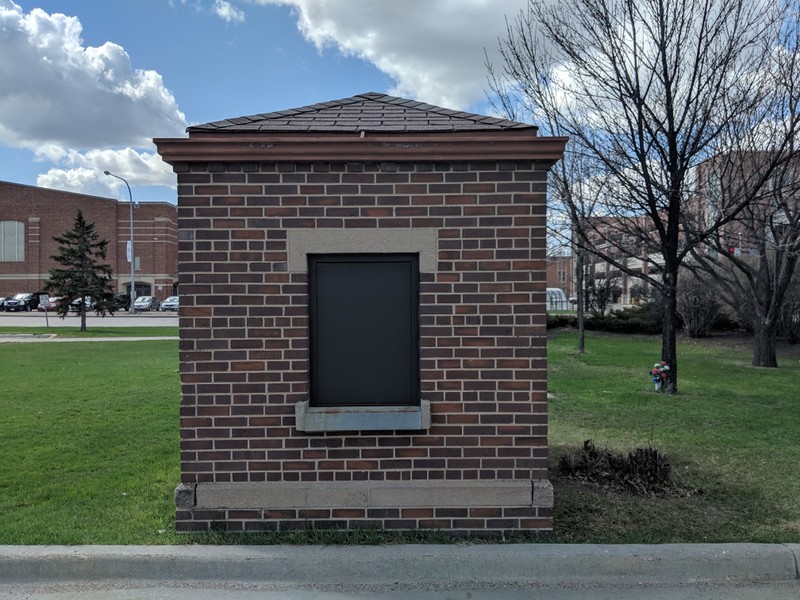
The grandstands of the Memorial Stadium taken from the south end of the field.
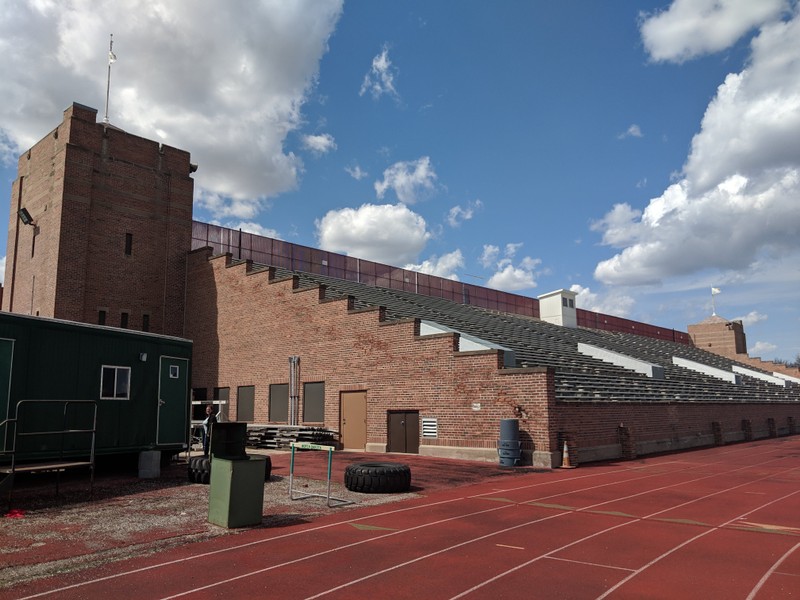
Ground level view of the turf from the south end of the field.
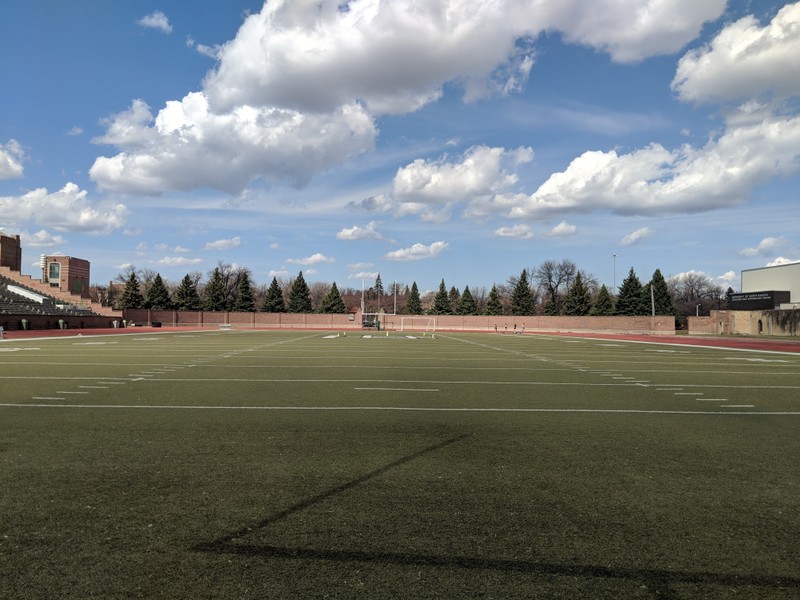
A view of the field from the crow's nest perspective.
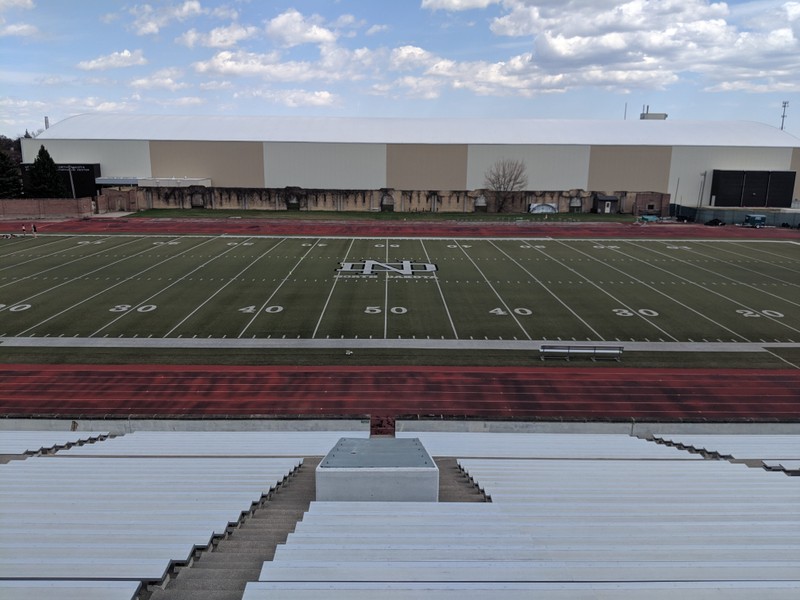
The cornerstone of the stadium dated 1927. The cornerstone is located on the north-western side of the building.
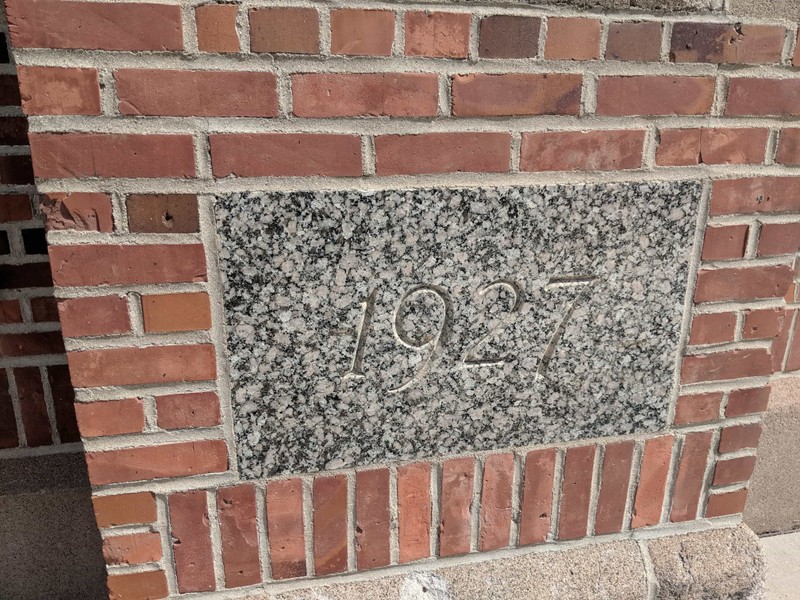
Backstory and Context
Text-to-speech Audio
The price of the stadium was around $200,000 and was dedicated on October 8th, 1927 during the stadium's first game of the season. The newly erected stadium replaced the previously used University Field and brought new opponents to face the University of North Dakota's football team.3 The first game played on the field was against Creighton University, a team the University of North Dakota had not previously played against.4 Along with bringing new opponents to North Dakota, the stadium expanded seating and often found success selling high volumes of tickets in its early days.
Games were played at the Memorial Stadium from the year 1927 through 2001. During this time, the University changed its name from the Flickertails to the Fighting Sioux. Throughout these years, football players could live in the Memorial Stadium. "It was just like any other dorm" according to former Sioux football player Ron Wilkening (1963-64).5 Currently, the University of North Dakota's football team plays its games at the Alerus Center in Grand Forks. This was an important change for the football team because the Alerus is an indoor field and has more seats, while the Memorial Stadium was an outdoor field with fewer seats. The Memorial Stadium has updated its grass field with turf and is currently used by the football team as a practice field and the UND track and field team for practices and events.
Cite This Entry
Prescott, Cynthia and Alexander Jones. "Memorial Stadium." Clio: Your Guide to History. April 25, 2019. Accessed April 4, 2025. https://theclio.com/entry/78840
Sources
2 Excerpts from The Dacotah 1927. University of North Dakota Students Periodicals. Elwyn B. Robinson Department of Special Collections, Chester Fritz, University of North Dakota. 96-97, 101, 142.
3 "Reflections on Good Times & Great Sport." UND Building History Collections. Elwyn B. Robinson Department of Special Collections, Chester Fritz Library, University of North Dakota.4 Memorial Stadium Dedication Pamphlet. UND Building History Collection. Elwyn B. Robinson Department of Special Collections, Chester Fritz Library, University of North Dakota.
5 "Reflections on Good Times & Great Sport."
6 Aerial photograph of the Memorial Stadium. University Archives Photo Collection. Elwyn B. Robinson Department of Special Collections, Chester Fritz Library, University of North Dakota.

